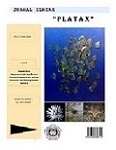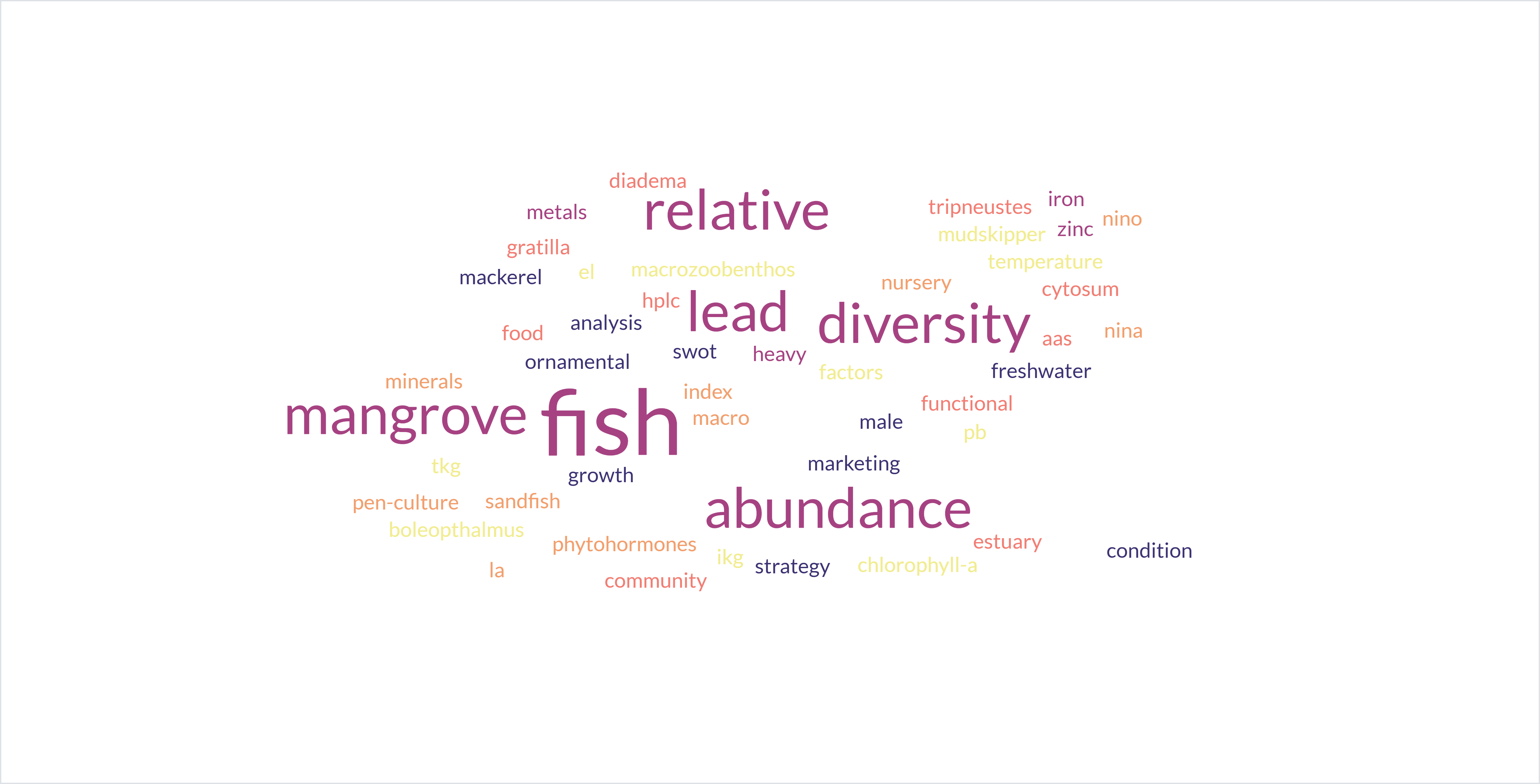The potential of catappa leave to prevent Aeromonas hydrophila infection in Nile Tilapia Oreochromis niloticus
DOI:
https://doi.org/10.35800/jip.7.2.2019.23722Abstract
Penelitian ini bertujuan untuk menetapkan dosis penambahan ekstrak daun ketapang dalam pakan untuk meningktkan. Ikan uji adah benih nila berukuran 5-8 cm dengan beratr ata-rata 2,93 g yang diperoleh dari Balai Perikanan Budidaya Air Tawar Tatelu. Bahan uji berupa Daun Ketapang (Terminalia catappa) dengan dosis A= 0, B= 5 g/kg, C= 10 g/kg, D= 20 g/kg dan E= 40 g/kg diberikan kepada ikan selama 21 hari. Ikan diberi pakan perlakuan dua kali sehari yakni pukul 09.00 am dan 16.00 pm dengan dosis pemberian 5%/berat tubuh/hari. Hasil penelitian didapatkan pertumbuhan terbaik dicapai pada kosentrasi ekstrak daun ketapang 5 g/kg. Sebagai kesimpulan adalah ekstrak daun ketapang dapat digunakan dalam akuakultur untuk meningktkan pertumbuhan ikan.
Kata kunci : Daun Ketapang, tanaman obat, ikan Nila, A. hydrophila, budidaya
Â
ABSTRAK
The research aimed to establish the accurate dose of catappa leave extract supplemented into feed to enhance fish growth. The fish measuring 5-8 cm with an average weight of 2.93 g were obtained from Board of Freshwater Fisheries Aquaculture Tatelu. Catappa leave extract as much as A= 0, B= 5 g/kg, C= 10 g/kg, D= 20 g/kg dan E= 40 g/kg were added into feed and fed to fish for 21 days. The fish wee fed twice day at 09.00 am and 16.00 pm at 5% of body weigth a day. Research result showed that application of 5 g of leave extract per kg of feed gave the best absolute and specific growth of fish. Thus, supplementation of leave extract into fish feed was potential ti improve fish growth.
Keywords: catappa leave, medicinal plant, Nile tilapia, aquaculture, A. hydrophila.
Downloads
Published
How to Cite
Issue
Section
License
COPYRIGHT
Authors who publish with this journal agree to the following terms:
Authors hold their copyright and grant this journal the privilege of first publication, with the work simultaneously licensed under a Creative Commons Attribution License that permits others to impart the work with an acknowledgment of the work's origin and initial publication by this journal.
Authors can enter into separate or additional contractual arrangements for the non-exclusive distribution of the journal's published version of the work (for example, post it to an institutional repository or publish it in a book), with an acknowledgment of its underlying publication in this journal.
Authors are permitted and encouraged to post their work online (for example, in institutional repositories or on their website) as it can lead to productive exchanges, as well as earlier and greater citation of the published work (See The Effect of Open Access).




















